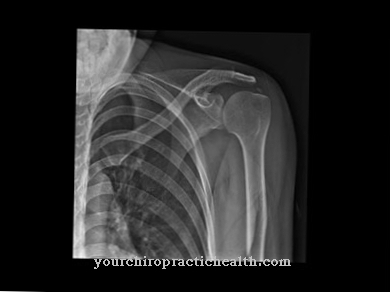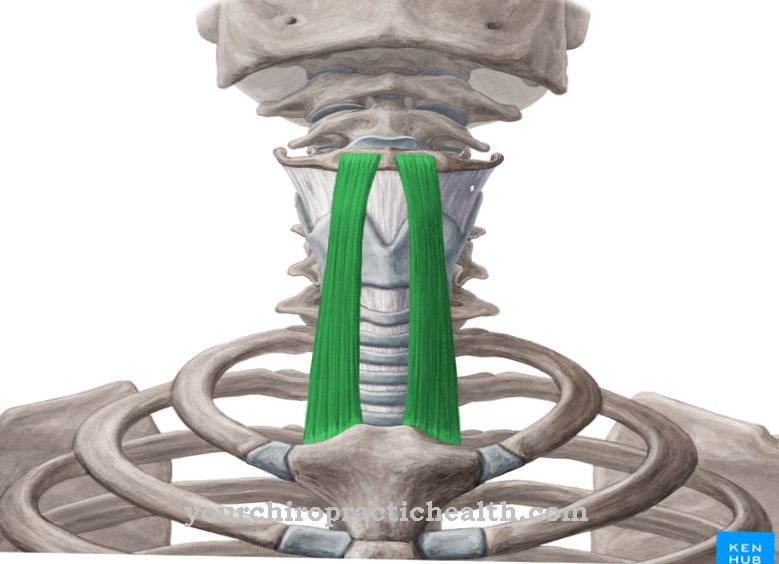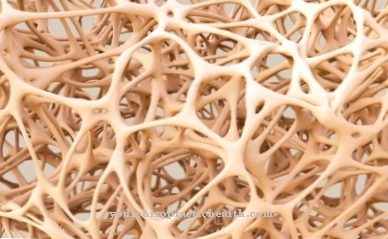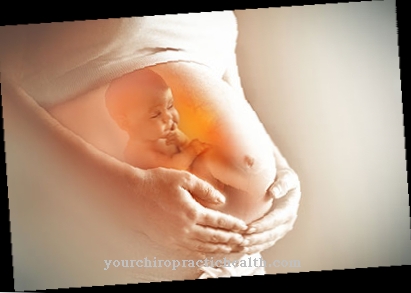According to estimates, around 10 million people in Germany suffer from incontinence. The term is derived from the Latin "incontinens" and translates as "not keeping to oneself". Incontinence is the inability to control the body's waste and remove it in a specific location as needed. There are 200 million affected patients worldwide with some type of incontinence. Comparatively few people suffer from fecal incontinence. In Germany, this number is 4 percent. Urinary incontinence occurs frequently. In women, this is the most common chronic disease. The following article explains possible causes and therapeutic approaches and gives tips for those affected.
Causes of urinary incontinence

Schematic representation of the anatomy and structure of the urinary bladder. Click to enlarge.
Urinary incontinence occurs in various forms. Therefore, this disease has different causes. According to the Deutsche Kontinenz Gesellschaft e.V., there are the following forms of urinary incontinence, also known as bladder weakness:
- Stress incontinence
- Urge incontinence
- Mixed incontinence
- Overflow incontinence
- Supraspinal and spinal reflex incontinence
- Extraurethral incontinence
- Enuresis
- Nocturia
However, the first three forms are most common. Stress incontinence is triggered by a weakened pelvic floor, injuries in the pelvic area, or a chronic cough. In the case of urge incontinence, the triggers are usually previous illnesses such as MS, Parkinson's or Alzheimer's.
However, nerve damage or irritation such as bladder stones or urinary tract infections could also be causes of this form of bladder weakness. Mixed incontinence is a combination of the two forms mentioned first, which is why the causes are also a mixture of the above lists.
Therapy options for bladder weakness

Of course, there are other possible causes that cause bladder weakness. In women going through menopause, for example, the hormonal change may be a cause, in men a general hormone disruption. However, malformations of the urinary tract are also conceivable triggers for incontinence.
Age, disposition and gender also play an important role. With all the factors that can lead to this, helpful therapeutic options for urinary incontinence are all the more important for affected patients of all ages. Not only do you have to struggle with the symptoms of the disease in general, but also with psychological problems.
The quality of life is greatly reduced. In addition, the sick lose a lot of zest for life because they feel uncomfortable and leave the house less and less. In many sufferers, the weak bladder leads to a feeling of loss of control. It is not uncommon for depression to follow if there is no treatment.
A clinical study by the University Women's Clinic in Tübingen has shown that regular pelvic floor training is of great help in both stress and mixed incontinence. It is now always the first step in treatment for a new patient. Today, the training of the pelvic floor muscles complements all other therapy options.
It is important that the exercises are trained under the guidance of qualified personnel and that they are repeated regularly. Only in this way is it possible to achieve success in the long term. As part of this first step, controlled behavior therapy is also often used. This consists of monitoring fluid intake, regular urination, weight reduction and, in the case of smokers, nicotine withdrawal.
Another form of therapy is the administration of medication. There are specific drugs that help to increase and sustainably strengthen the urethral function. In general, however, it should be noted that not all patients tolerate these drugs well.
Last but not least, there is still the option of having an operation carried out. In women, for example, a tension-free band is placed under the urethra. In men, however, a type of balloon is used to seal the urethra. The most successful of the surgical measures, however, is the artificial sphincter.
In order to regain a better quality of life in everyday life, there are various incontinence aids for sick people. These range from special protective sheets for beds to incontinence briefs, so that you can go outside the door a little more easily.
Tips for those affected: This is how patients recognize incontinence

While a urinary tract infection can already be recognized by the pain and burning sensation when urinating, it is a little more difficult with an incontinence disease. The reason for this is that each form of bladder weakness is associated with different symptoms.
One feature that can always be used to identify a weak bladder is the unwanted leakage of urine. In the case of stress incontinence, this is the case, for example, when the body is under stress. This could be a cough, heavy lifting, or hearty laughter. Urge incontinence, on the other hand, can be recognized by the fact that those affected feel an almost assault-like urge to urinate, namely when the bladder is empty or barely filled.
The sick are unable to control the urge, but have to urinate immediately. In mixed incontinence, the symptoms mentioned above are combined and can occur simultaneously or alternately. If there is reflex incontinence, the bladder only empties if a corresponding reflex triggers the leakage of urine.
Often nerve or brain disorders are the basis here. A conversation with a family doctor, urologist or gynecologist brings light into the darkness. When a problem with the bladder is identified, the following additional steps are often necessary:
- Usually, the medical professionals clarify the suspicion through various examinations. Among other things, there is an ultrasound examination of the urinary bladder, urethra and kidneys.
- Depending on the suspected cause, further examinations are usually necessary in order to make an exact diagnosis. These include CT scans, cystoscopy and urological checks.
Preventive measures to prevent bladder weakness
As mentioned earlier, pelvic floor exercises are a helpful way to counteract or prevent this condition. It is also important to pay attention to your own weight, as being overweight promotes bladder weakness.
A healthy diet and sufficient exercise are important for the vitality of the body and help prevent diseases. In individual cases it can be helpful to train the urge to urinate. This works, for example, in that patients do not immediately give in to the first feeling that they have to urinate, but rather delay urinating.
It is also important to completely empty the bladder. It is advisable to really take your time on the toilet. The feeling of incomplete elimination is not only uncomfortable, but also unhealthy. Furthermore, a well-filled fluid balance is one of those measures that prevent incontinence. Those who drink enough protect the bladder muscles and prevent a lack of fluids. Low-irritation drinks such as still water, herbal tea and juices are also recommended.



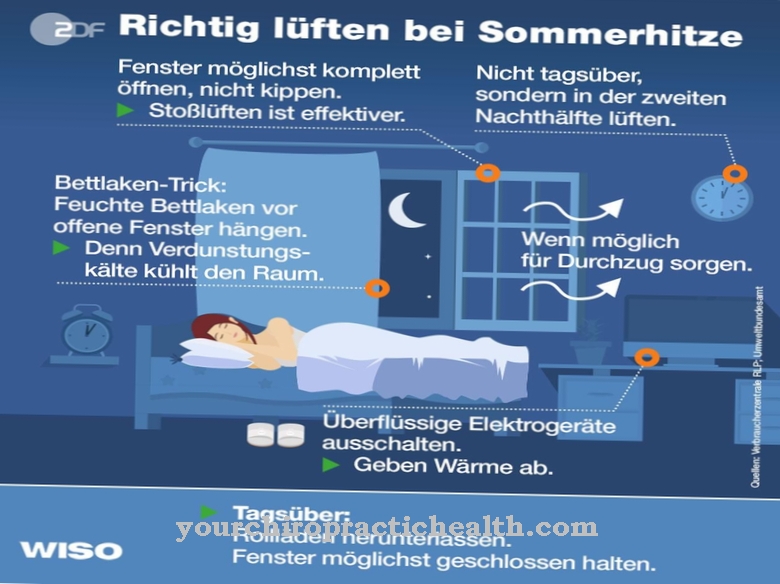




.jpg)





.jpg)






.jpg)

